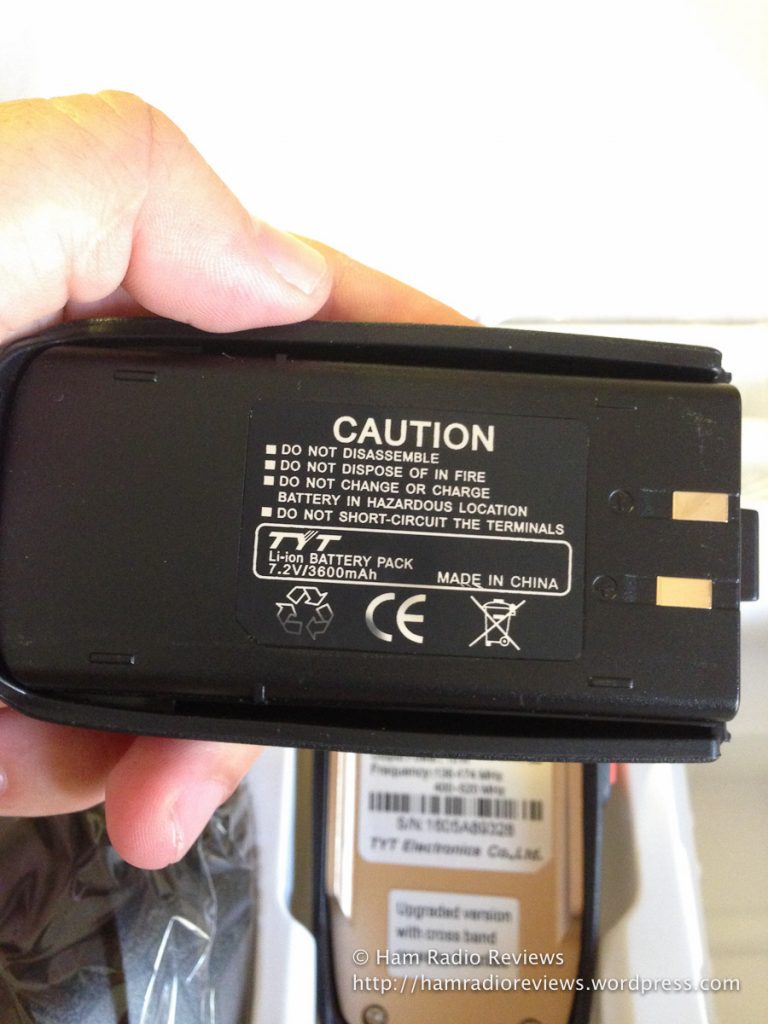

If you attach another cable to extend your port, you must recalibrate. For example, you calibrate the port without any cable, the calibration is applied until the end of that port. Keep in mind that the calibration gets applied at the end of the port. Navigating through the menus will land you at the calibration option.

I have another test PCB from MACOM with Open, Short, Load and Through ports. Therefore, I do not know how good it is at 3GHz.

I will be using the same calibration kit that came with the first version of NanoVNA. Although, having it is always an advantage. But let us remind ourselves that we are a community of amateurs and going for absolute accuracy isn’t our aim. A fault calibration can lead to incorrect measurements. Check out the NanoVNA 1 review CalibrationĬalibration is an absolutely important part of any VNA. We will testing out all the major features in the NanoVNA v2 in this article. NanoVNA v2 comes with the TDR option built in. Later, a python script posted on this blog inspired the addition of that option into the firmware. When the first nanoVNA came out, it had no TDR option. Everything on the user interface side of things remain the same. Those familiar with the NanoVNA v1 need no guidance on getting along with the v2. Here, we will review the actual functionality of the device. In the part 1, we reviewed the hardware aspects of the NanoVNA v2 SAA 2.


 0 kommentar(er)
0 kommentar(er)
